In the ever-evolving landscape of global trade, Iran-Pakistan trade relations stand as a gateway to mutual prosperity, especially for Iranian investors seeking diversification beyond traditional markets. With a shared border stretching over 900 kilometers and deep-rooted cultural, historical, and religious ties, these two nations are poised to transform their economic partnership into a powerhouse of regional growth. As of 2025, amid shifting geopolitical dynamics and economic pressures from international sanctions on Iran, Pakistan emerges as a vibrant market with a population of over 240 million, offering untapped potential in sectors like energy, agriculture, manufacturing, and infrastructure. Recent high-level visits, such as Iranian President Masoud Pezeshkian’s trip to Islamabad in August 2025, have spotlighted ambitious goals: elevating bilateral trade from the current $3 billion to $10 billion annually, a leap that could create thousands of jobs and bolster economic resilience for both countries.
For Iranian investors, this isn’t just about numbers—it’s about seizing real-world opportunities while navigating challenges like regulatory hurdles, currency fluctuations, and security concerns. Pakistan’s growing consumer base, coupled with Iran’s expertise in oil, gas, and agricultural processing, creates a synergistic environment where investments can yield substantial returns. However, success demands a nuanced understanding of the terrain: from leveraging free trade zones to mitigating geopolitical risks. This comprehensive guide explores the intricacies of Iran-Pakistan trade relations, providing practical, actionable insights tailored for Iranian entrepreneurs and businesses. We’ll cover historical foundations, current trends, sector-specific opportunities, key challenges, and proven strategies to thrive. By the end, you’ll have a roadmap to unlock the full potential of this partnership, turning potential pitfalls into profitable ventures in 2025 and beyond. Whether you’re considering joint ventures in renewable energy or exporting machinery to Pakistan’s manufacturing hubs, the time to act is now—let’s dive in.
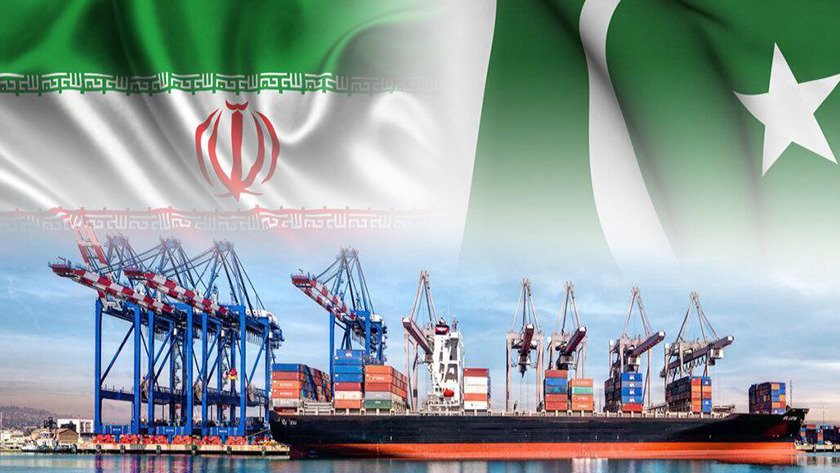
Historical Overview of Iran-Pakistan Trade Relations
The story of Iran-Pakistan trade relations is one of enduring connections forged over centuries, evolving from ancient caravan routes to modern economic pacts. Long before Pakistan’s independence in 1947, the regions that now form these nations were linked through the Silk Road, exchanging goods like spices, textiles, and metals. Iran was the first country to recognize Pakistan’s sovereignty, laying the groundwork for diplomatic and commercial ties that have weathered geopolitical storms.
In the 1950s and 1960s, formal agreements like the Regional Cooperation for Development (RCD) initiative, which included Turkey, aimed to boost economic integration. Trade volumes grew steadily, with Iran exporting petroleum products and Pakistan supplying rice and cotton. By the 1970s, annual trade reached modest levels, but the 1979 Iranian Revolution introduced ideological shifts, creating occasional strains due to differing international alignments—Pakistan’s close ties with the U.S. and Saudi Arabia contrasted with Iran’s independent stance. Despite this, pragmatic economic needs prevailed; border trade in essentials like fruits and fuels continued informally.
The 1980s and 1990s saw fluctuations amid regional conflicts, including the Soviet-Afghan War, which indirectly boosted smuggling across the porous border. Official trade hovered around $200-300 million annually, but informal exchanges were estimated to be double that. Key milestones included the 1990s proposals for the Iran-Pakistan-India gas pipeline, a visionary project symbolizing energy cooperation, though U.S. sanctions and geopolitical pressures delayed it indefinitely. The early 2000s brought renewed optimism with the Preferential Trade Agreement (PTA) signed in 2004, reducing tariffs on hundreds of items and pushing trade toward $1 billion by 2010.
Post-2010, intensified U.S. sanctions on Iran posed major challenges, limiting banking channels and formal transactions. Barter systems emerged as a workaround, sustaining trade in agriculture and energy. By the mid-2010s, volumes stabilized at $1-2 billion, dominated by Iran’s exports of oil derivatives and Pakistan’s rice shipments. Border incidents, such as the 2019 tensions over militant activities, tested relations, but joint commissions and dialogues restored momentum.
Entering the 2020s, the COVID-19 pandemic disrupted supply chains, yet it underscored the value of regional partnerships. In 2023-2024, initiatives like border market establishments and free trade zone discussions formalized informal trade. As of 2025, historical lessons—from overcoming sanctions to building trust—inform a forward-looking strategy. For Iranian investors, this history highlights the resilience of the partnership: past challenges have often led to innovative solutions, such as joint ventures that bypass traditional barriers. Understanding this evolution is crucial; it reveals patterns, like the dominance of energy and agriculture, that continue to shape opportunities today. By learning from decades of collaboration, investors can position themselves to capitalize on emerging trends, ensuring long-term sustainability in Iran-Pakistan trade relations.
Current Economic Landscape in Iran-Pakistan Trade Relations
The current state of Iran-Pakistan trade relations in 2025 reflects a mix of ambition and pragmatism, driven by mutual economic needs and recent diplomatic breakthroughs. With Iran’s economy under sanction pressures and Pakistan seeking foreign direct investment (FDI) to stabilize its finances, bilateral ties are gaining traction. Trade has shown resilience, but volumes remain below potential due to infrastructural gaps and external influences.
Trade Volume and Key Sectors
As of mid-2025, bilateral trade stands at approximately $3 billion annually, a figure both governments view as underwhelming given their proximity and complementary strengths. Iran’s exports to Pakistan from March to June 2025 totaled $420 million, including petroleum products, chemicals, and machinery—a 20% decline from the previous year due to global oil price volatility and logistical issues. Pakistan’s exports, such as rice, textiles, and fruits, balance the equation, with informal trade adding an estimated $1-2 billion more.
Key sectors include energy, where Iran supplies electricity (up to 100 MW to border regions) and gas; agriculture, with Pakistan exporting rice and Iran providing fertilizers; and manufacturing, focusing on textiles and pharmaceuticals. Emerging areas like information technology and healthcare are on the rise, leveraging Pakistan’s affordable labor and Iran’s technological know-how. The agricultural sector alone targets $3 billion in trade within two years, emphasizing joint farming and processing. This landscape underscores untapped synergies: Pakistan’s consumer market complements Iran’s export capabilities, potentially contributing 1-2% to each nation’s GDP if barriers are addressed. For Iranian investors, monitoring these volumes provides insights into market demand—rising rice imports signal opportunities in food processing, for instance.
Recent Agreements and Initiatives
۲۰۲۵ has been a pivotal year for Iran-Pakistan trade relations, marked by a flurry of agreements that signal deepening commitment. During President Pezeshkian’s August 2025 visit to Islamabad, the two nations signed 12 memorandums of understanding (MoUs) covering trade, energy, agriculture, security, and connectivity. These include pledges to boost annual trade to $10 billion, establish joint border markets, and create a free trade zone at the Rimdan-Gabd crossing.
Agriculture has seen specific advancements, with two agreements forming a joint committee and promoting livestock trade—Pakistan committing to supply 60% of Iran’s meat needs. Energy discussions revived the Iran-Pakistan gas pipeline, exploring alternative financing to evade sanctions. Events like the Pakistan-Iran Business Forum and ISSI seminar have facilitated private-sector engagement, with the Trade Promotion Organization of Iran (TPOI) playing a key role in streamlining customs and banking. Additionally, proposals for joint ventures in special economic zones under the China-Pakistan Economic Corridor (CPEC) offer Iranian investors access to broader Asian markets. These initiatives provide practical entry points: for example, Iranian firms can participate in tenders for infrastructure projects, leveraging MoUs for preferential treatment. Staying abreast of these developments is essential for timing investments effectively.
Opportunities for Iranian Investors in Pakistan
Pakistan’s economy presents a fertile ground for Iranian investors, with incentives like tax holidays in special economic zones and access to the strategic Gwadar port. Aligning Iran’s strengths in energy and manufacturing with Pakistan’s needs, opportunities span multiple sectors, promising high returns with strategic planning.
Energy Sector Opportunities
Pakistan’s chronic energy shortages create prime opportunities for Iranian investors in oil, gas, and renewables. With demand growing 5-7% annually, Iran can expand electricity exports beyond the current 100 MW and invest in gas exploration joint ventures. The gas pipeline revival could generate $1-2 billion in annual revenue, enabling Iranian companies to develop downstream facilities like refineries. Renewables are booming; Pakistan aims to add 2,400 MW of solar and wind capacity by year-end, where Iranian expertise in solar farms can secure government subsidies and partnerships. Investments in LNG terminals offer 10-15% ROI, supported by bilateral agreements ensuring supply stability. Practically, Iranian investors should start with feasibility studies in Balochistan, where cross-border grids can be extended, and collaborate with local firms to navigate regulations.
Agriculture and Food Processing Opportunities
Agriculture, accounting for 24% of Pakistan’s GDP, is a cornerstone for Iranian investment. Joint initiatives like paddy farming in Pakistan and processing in Iran’s Chabahar Free Zone address Iran’s rice deficits while enhancing exports. With a $3 billion bilateral trade target, opportunities include funding modern irrigation, seed tech, and processing units. Livestock exports, with Pakistan supplying 60% of Iran’s meat, open doors for halal processing plants. Agri-tech ventures in precision farming promise efficiency gains, creating jobs and improving food security. Iranian investors can leverage TPOI support to identify partners, starting small with pilot farms before scaling to export-oriented operations.
Manufacturing and Textiles Opportunities
Pakistan’s textile industry, exporting $17 billion in 2025, invites Iranian capital for value-added processing. Current Iranian investments of $400 million could grow to $1 billion through joint ventures in yarn and apparel, utilizing Pakistan’s low-cost labor. Pharmaceuticals and chemicals offer further prospects, where Iranian technology can upgrade facilities. Negotiated free trade agreements could slash tariffs, granting access to EU markets via Pakistan’s GSP+ status. Practical steps include attending business forums to form alliances and investing in SEZs for tax benefits.
Infrastructure and Construction Opportunities
Fueled by CPEC, Pakistan’s infrastructure sector beckons Iranian expertise in roads, ports, and urban projects. Collaborations at Gwadar port enhance trans-regional trade, with Iran eyeing complementary ports like Astrakhan. Billions in highway and railway investments align with Iran’s construction prowess, offering 12-18% ROI in logistics and real estate. Iranian firms can bid on projects via MoUs, focusing on border connectivity to reduce transport costs.
Challenges Facing Iranian Investors in Pakistan
Despite promising opportunities, Iranian investors must address significant challenges in Pakistan to safeguard their ventures.
Political and Geopolitical Risks
Geopolitical tensions, including U.S.-Iran rivalries and regional dynamics, amplify risks. Sanctions hinder formal trade, with potential escalations disrupting energy projects. Pakistan’s balancing act with the U.S. and Gulf states adds unpredictability, as seen in pipeline delays. Investors should monitor international developments and diversify regionally.
Economic Instability and Currency Issues
Pakistan’s inflation and rupee volatility erode profits, compounded by Iran’s economic pressures. IMF programs impose austerity, affecting demand. Hedging currencies and focusing on barter can mitigate these.
Regulatory and Bureaucratic Hurdles
Complex regulations and bureaucracy delay approvals, with corruption and opaque processes deterring entry. Sanctions limit banking, requiring third-party channels. Engaging local consultants and using free zones helps streamline.
Security Concerns
Border insurgencies in Balochistan pose threats, disrupting operations. Enhanced security protocols and insurance are vital for safe investments.
Strategies for Success in Iran-Pakistan Trade Relations
To succeed, Iranian investors should adopt multifaceted strategies. Build local partnerships through forums like the Pakistan-Iran Business Forum for risk-sharing. Navigate legal frameworks by consulting experts on MoUs and reforms via the Board of Investment. Mitigate risks through diversification, geopolitical insurance, and thorough due diligence. Focus on stable sectors like agriculture for quick wins, and stay updated via TPOI resources.
Conclusion
Iran-Pakistan trade relations in 2025 offer Iranian investors a strategic avenue for growth, with opportunities in energy, agriculture, manufacturing, and infrastructure far outweighing challenges when tackled proactively. By harnessing recent agreements, historical resilience, and practical strategies, you can navigate geopolitical and economic hurdles to achieve sustainable success. This partnership not only promises financial returns but also fosters regional stability and job creation. As borders open and ties strengthen, the key is informed action—embrace these insights, partner wisely, and invest boldly to shape a prosperous future.




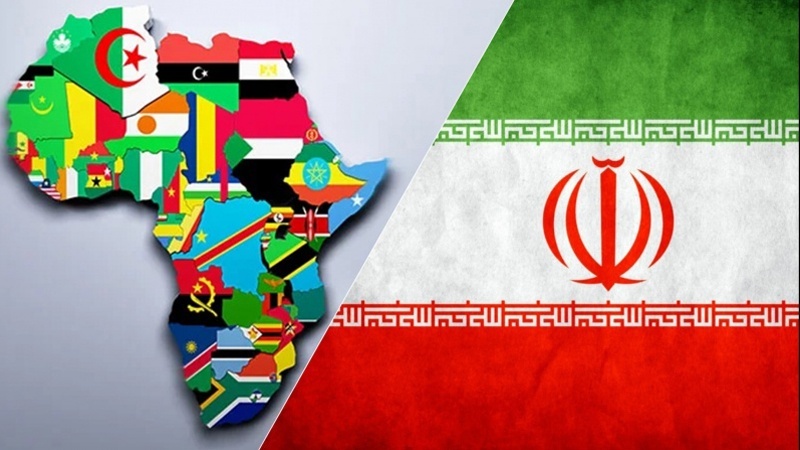

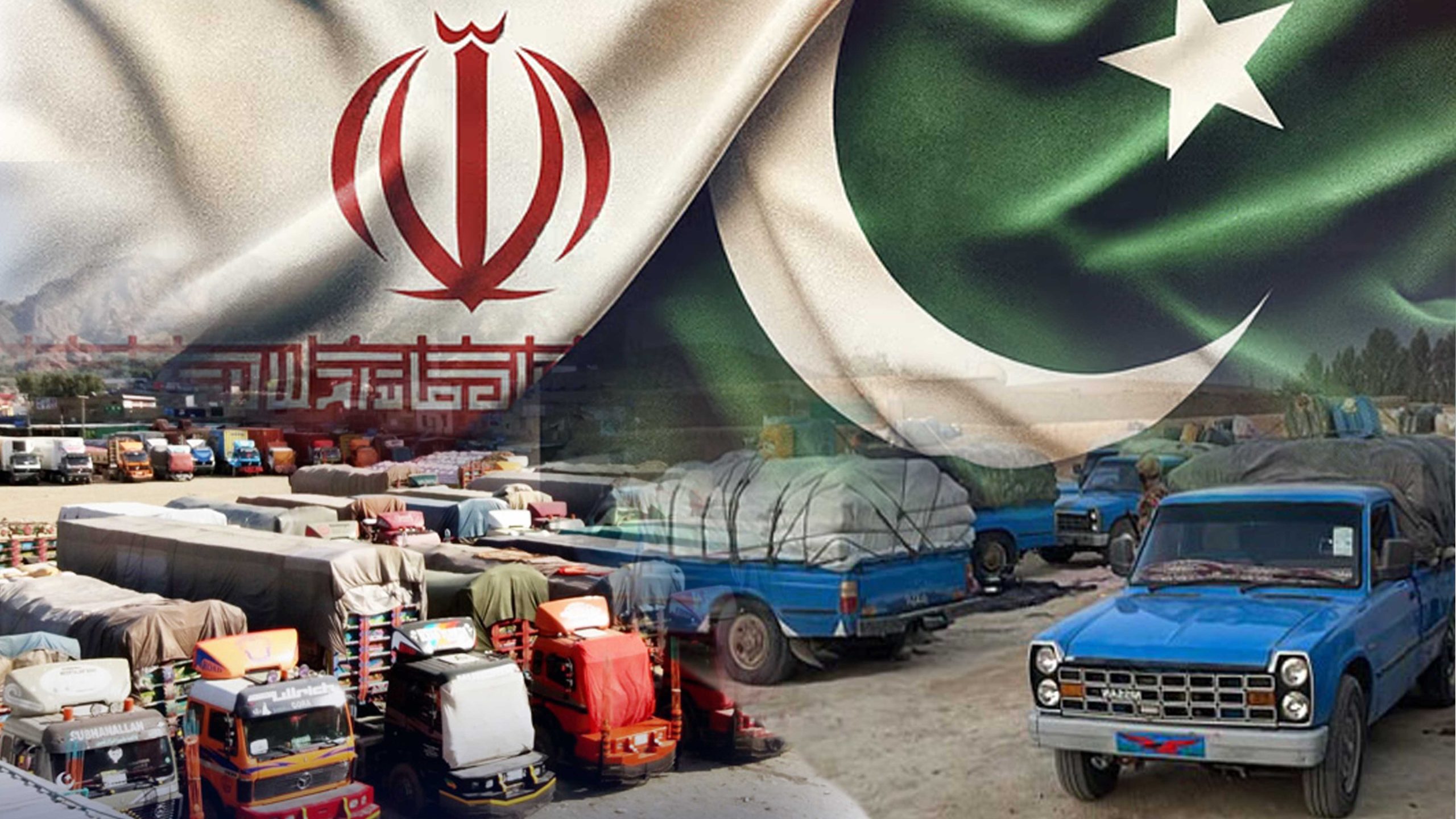

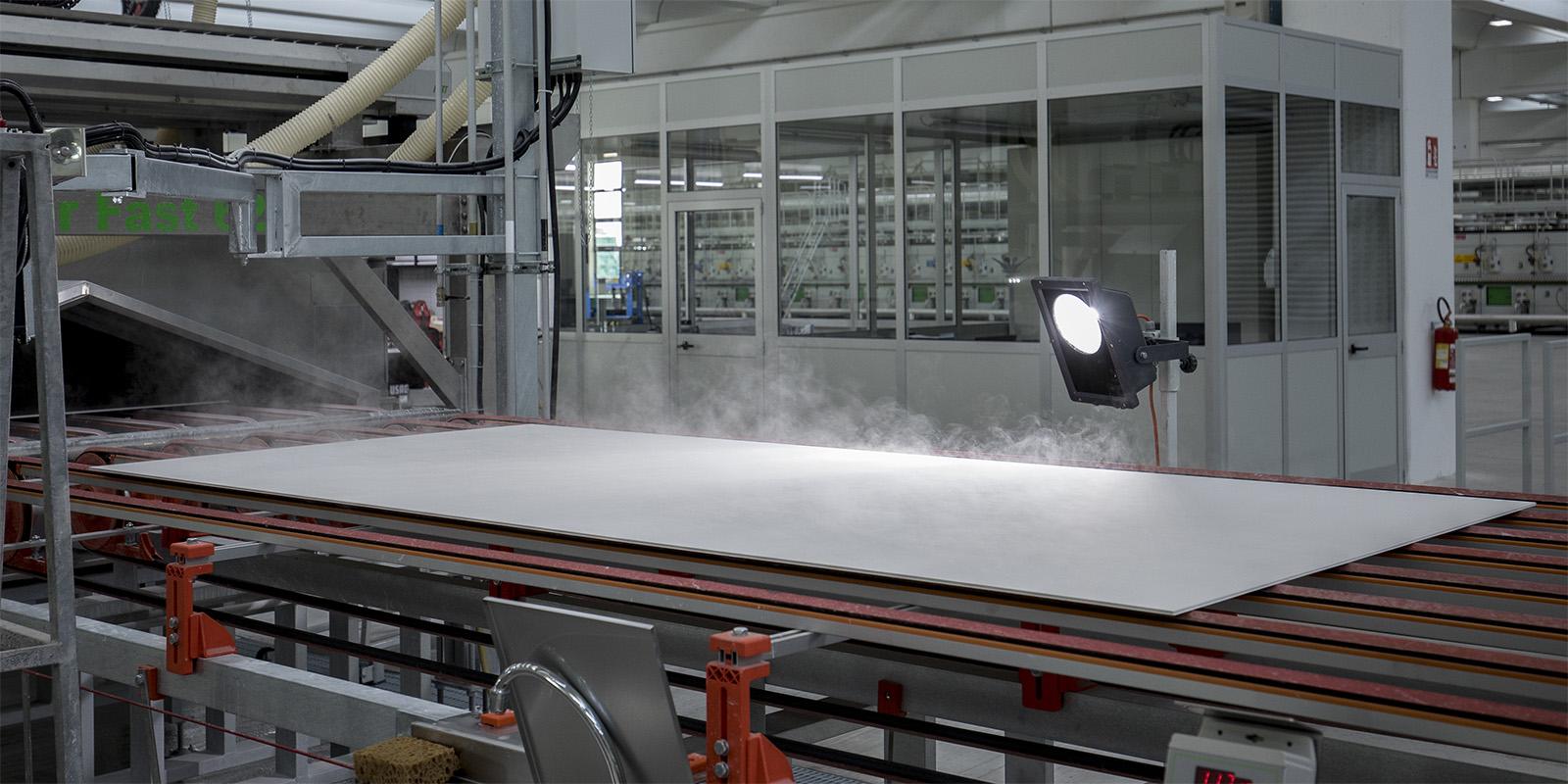

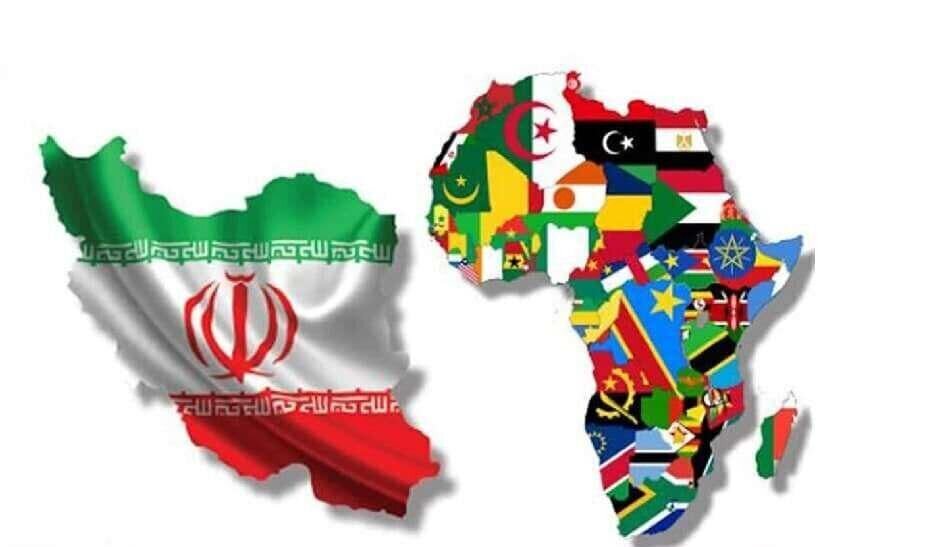

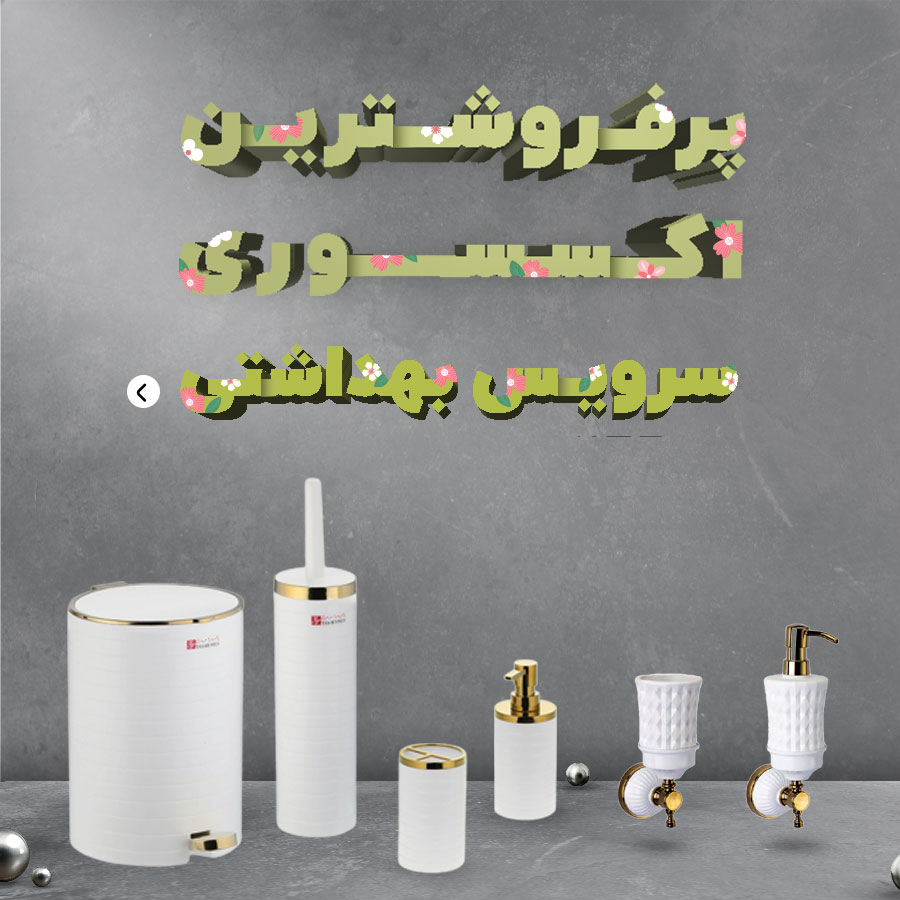

نظرات ۰